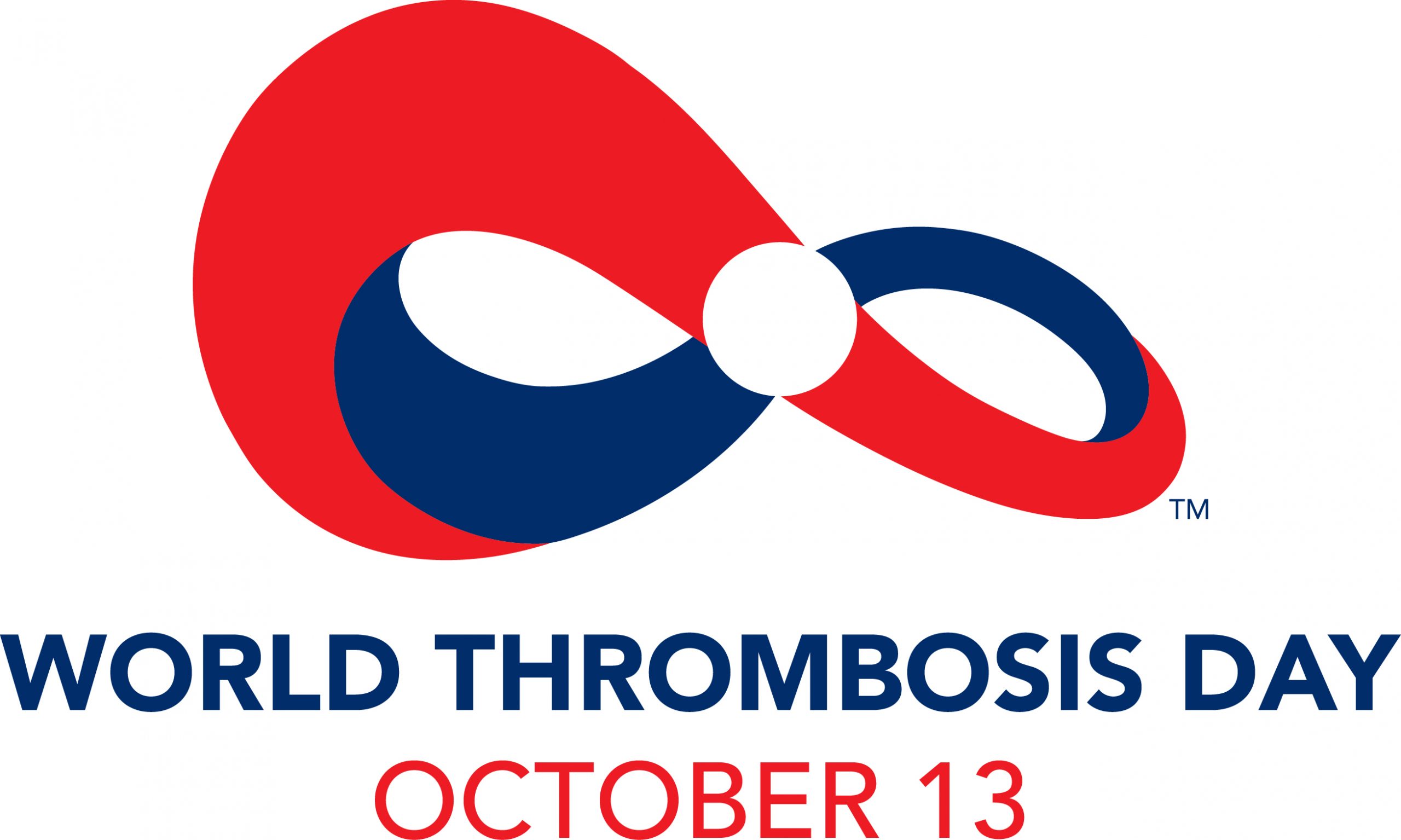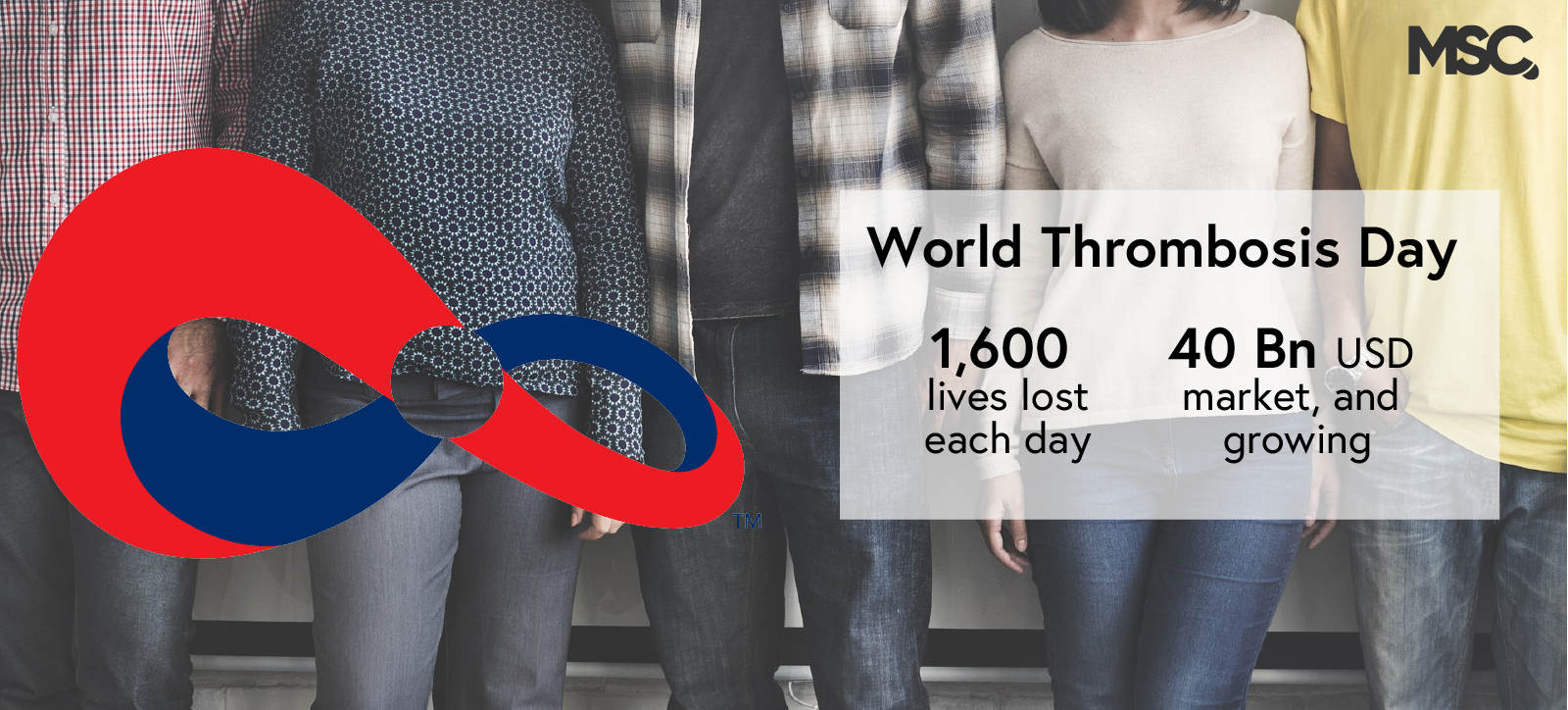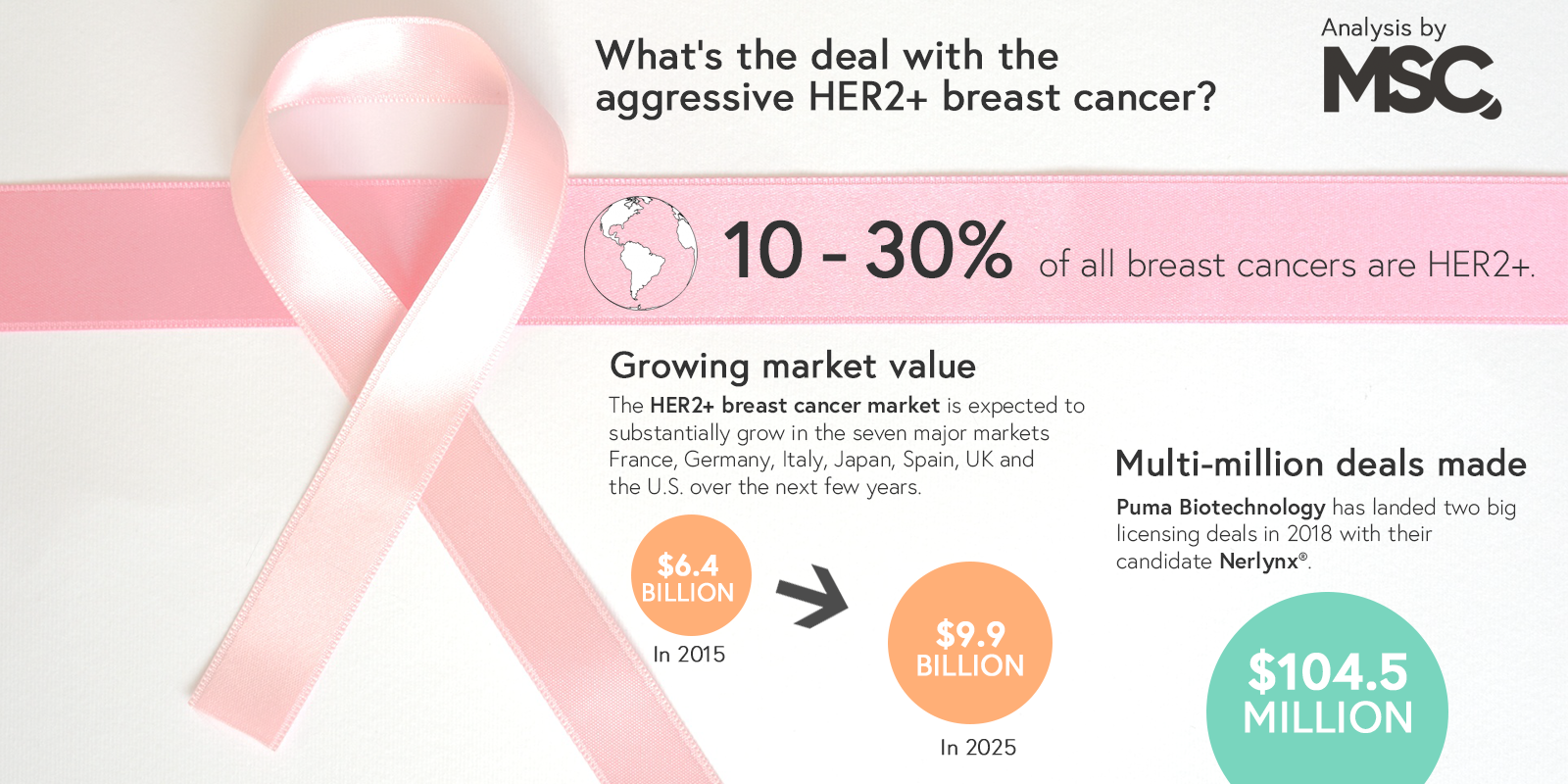Every year, on October 13, is the World Thrombosis Day, putting a spotlight on the serious medical condition that is taking 1,600 lives each day. Although there are established treatments, this deadly condition is often overlooked or misunderstood. It is, therefore, ever so important to spread awareness and recognize the value of getting a thrombosis risk assessment.

Your life depends on your blood being able to flow freely through your arteries and veins. When the blood is hindered, a number of serious medical conditions such as stroke and heart attack can occur, possibly even leading to death. A blood clot is a usual culprit of hindering blood from reaching all parts of the body. What is described is thrombosis, a disease where there is a formation of blood clots in a vessel. Venous Thromboembolism (VTE) is the collective name for two forms, equally as serious: deep vein thrombosis (DVT), a blood clot that occurs in a deep vein usually in the leg, and pulmonary embolism (PE), a clot that breaks loose and travels to the lungs.
Thrombosis can, technically, happen to anyone at any time, forewarned only by vague symptoms. These symptoms include tenderness, often in your calf, swelling and warmth for DVT, and rapid heart rate, unexplained shortness of breath and rapid breathing for PE. The risk of becoming affected by VTE does, however, substantially increase during extended hospital stays, and up to 60% of all thrombosis cases occur during or within 90 days of hospitalization, making it a leading preventable cause of hospital death.
Up to 60% of all VTE cases occur during or within 90 days of hospitalization, making it a leading preventable cause of hospital death.
Thrombosis is treated through the use of anticoagulants, so called blood thinners, which prevents the blood from clotting. The best selling anticoagulant of 2017 was Pfizer’s Eliquis and Johnson&Johnson/Bayer’s Xarelto who sold for 7, respectively 6.2 billion USD. BioStock, the Swedish life science news site, reported earlier this fall that the cardiovascular market amounted to approximately 40 billion USD in sales with the majority being anti-thrombosis drugs. This market has long been dominated by the generic warfarin but, reportedly, highest growth is seen within NOACS – novel oral anti-coagulants. As the market is expected to grow over the next couple of years, we are keeping our eyes on this field.




